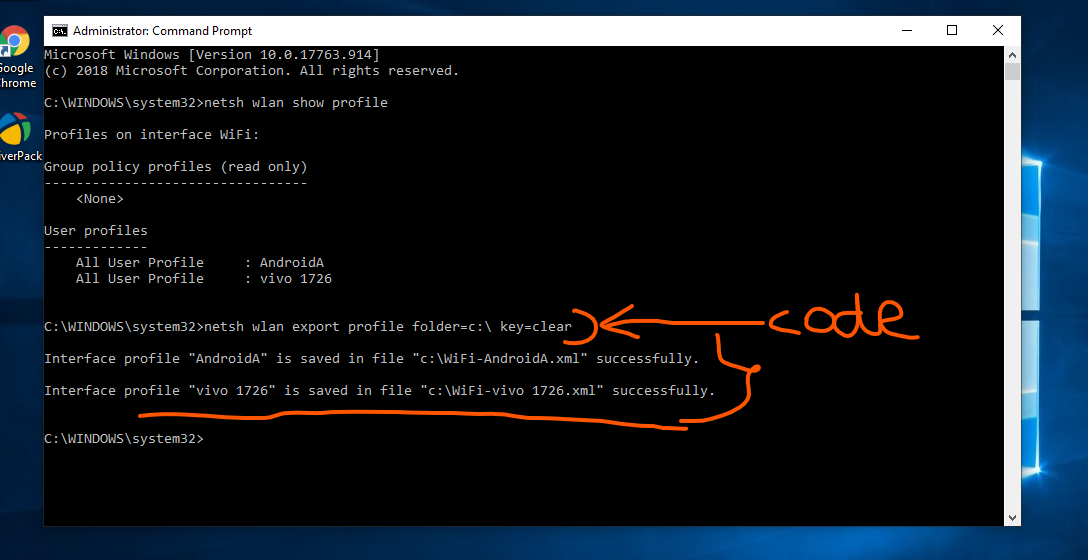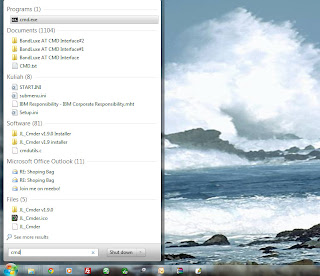

- #CMD FIND FILE COMMAND HOW TO#
- #CMD FIND FILE COMMAND FOR WINDOWS 10#
- #CMD FIND FILE COMMAND WINDOWS#
Using /p displays the results one page at a time.
#CMD FIND FILE COMMAND WINDOWS#
If you receive more than expected results, you may need to type /p after the command. In the Windows command prompt (CMD), we use the where command to find files that match a specific search pattern. MORBOB~1 PCX 25,798 01-09-98 4:24a morboBASE.pcxĭirectory of C:\Windows MYBOB TXT 4 11-19-00 3:23p mybob.txtĪs you can see in the above example, several files were found that contain bob. Follow the instructions below: In Command Prompt, type dir 'search term' /s, but replace the words search term with the file name or a part of the name you remember. Searching for files and folders using the command line is very easy.
#CMD FIND FILE COMMAND HOW TO#
GENMSBOB HTM 2,592 12-19-96 7:01p genmsbob.htmĭirectory of C:\Games\chessmaster\Personalitiesĭirectory of C:\Games\Quake 2\baseq2\players1\Morbo How to Search for Files Using Command Prompt in Windows.

If you don't know extension of your file, you can find a listing of most extensions and the associated program on our MS-DOS extensions page.įinally, once you have found the file, you must interpret the output of your search and be able to change directories to get to that file.

xls file extension, we use the wild character, telling the computer to search for any file ending with the. In the example above, knowing Excel files often end with the. If you cannot recall any of the names of the files but recall that they were created in Microsoft Excel you could, for example, type: dir *.xls /s Also, it uses the /s command switch to tell the dir command to search the current directory, and all its subdirectories. The above example uses wildcards (the asterisks). If, for example, you knew that the file had bob somewhere in the file, you would type: dir *bob*.* /s Command-line arguments following these are taken to be names of files or directories to be examined, up to the first argument that begins with -, or the.

Once at the root directory or the directory you believe the file to be in, type any of the following commands. Meaning, you must be at C:\> to get to this prompt, type the following command. If you are unsure where the file may be on the computer, you must be at the root directory of the computer. Go to the destination folder and click on the path (highlights in blue).You can find any file on your computer using MS-DOS providing you know the name of the file or the program that created the file.Alternatively follow the instructions below to open the command prompt (even faster than on Windows Server). Then, right-click on the Command Prompt item under Best. Enter cmd.exe in the Search box on the Taskbar.
#CMD FIND FILE COMMAND FOR WINDOWS 10#
The default set for Windows 10 is Windows Powershell so we cannot use the same strategy as above. Using the find command as administrator is safe as it doesn’t change or delete any files.


 0 kommentar(er)
0 kommentar(er)
